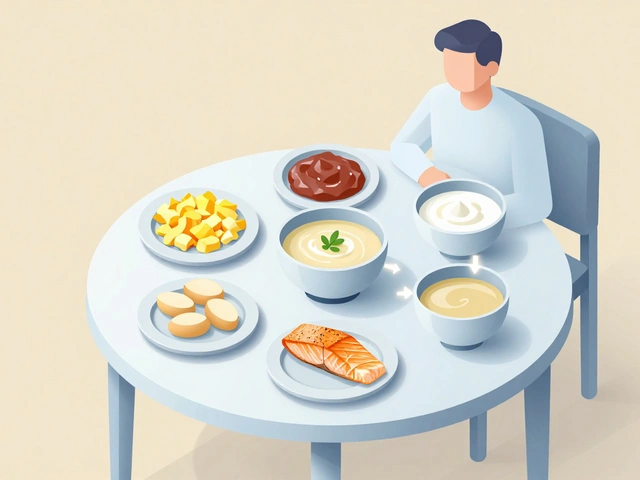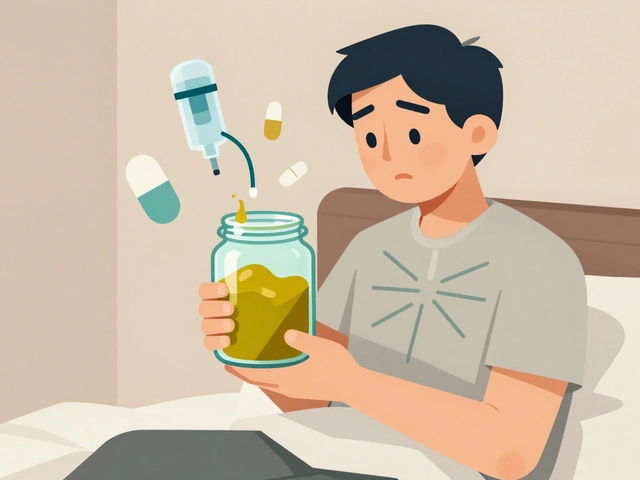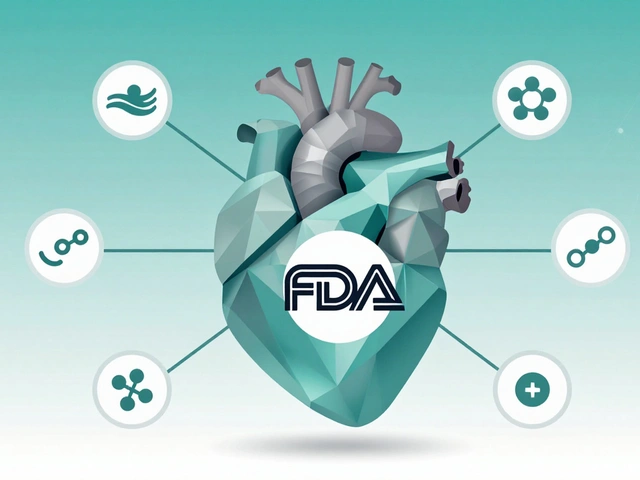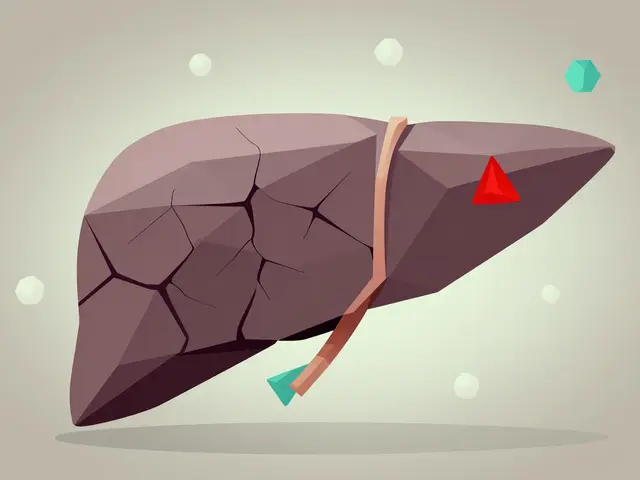Acne treatments that actually work (and how to use them)
Still fighting breakouts? You don’t need every product on the shelf. You need a simple plan that targets inflammation, unclogs pores, and keeps irritation low. Below are clear, practical options you can try right away, plus tips on combining them safely.
Topical treatments that work
Start with three reliable actives: benzoyl peroxide, salicylic acid, and topical retinoids.
- Benzoyl peroxide (2.5–5%): Kills acne-causing bacteria and reduces inflammation. Use once daily at first—move to morning. It can bleach towels, so be careful.
- Salicylic acid (0.5–2%): A beta hydroxy acid that helps unclog pores. Great as a leave-on serum or a cleanser a few times a week. If your skin is dry, use it less often.
- Topical retinoids (adapalene 0.1% OTC, tretinoin 0.025–0.1% prescription): Best for preventing new comedones and improving skin texture. Start with a low strength and apply every other night to avoid redness. Expect 6–12 weeks to see clear changes.
Quick routine example: gentle cleanser → treatment (salicylic acid or benzoyl peroxide AM) → moisturizer → SPF in the morning; at night use retinoid after cleansing, then moisturizer on top.
Oral and procedural options
When topical care isn’t enough, these options help:
- Oral antibiotics (doxycycline 100 mg daily is common): Used for moderate inflammatory acne. Usually limited to 3 months to avoid resistance.
- Hormonal therapy (oral contraceptives or spironolactone 50–200 mg): Works well for women with hormonal flares. Spironolactone reduces oil production; it’s often started low and adjusted based on response.
- Isotretinoin: The most powerful option for severe, scarring, or resistant acne. It needs close medical monitoring and strict pregnancy prevention for people who can become pregnant.
- Procedures: Extraction, chemical peels, light/laser therapy, and cortisone shots for painful cysts can speed recovery. Ask your dermatologist which fits your skin type.
Practical tips that matter:
- Don’t mix strong products all at once. Example: use benzoyl peroxide in the morning and a retinoid at night. This cuts irritation risk.
- Moisturizer is non-negotiable. A simple, non-comedogenic moisturizer reduces retinoid side effects and keeps the skin barrier healthy.
- Always wear sunscreen. Retinoids and some peels make skin more sunlight-sensitive.
- Stop picking. Popping lesions raises the chance of scars and infection.
When to see a dermatologist? If you have painful cysts, scarring, or no improvement after 3 months of consistent treatment, book a visit. A dermatologist can fast-track you to stronger meds or targeted procedures.
Want a quick starter plan? Try adapalene 0.1% at night, benzoyl peroxide 2.5% in the morning, gentle cleanser, daily SPF, and a basic moisturizer. Give it 8–12 weeks and adjust from there with a pro if needed.
Exploring five effective alternatives to Isotroin in 2025, this article delves into both synthetic and natural options for managing acne. From holistic approaches that require lifestyle changes to medications focusing on hormones, readers will find insights into different methods. Each alternative is examined for its benefits and downsides, offering a comprehensive view of acne management today. Discover which approach might suit you best based on personalized needs and concerns.
Continue reading...






